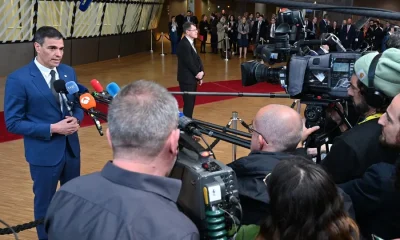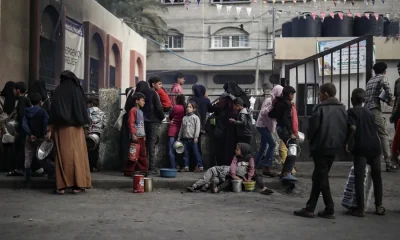International
Palestine’s path to full membership in the UN will be long
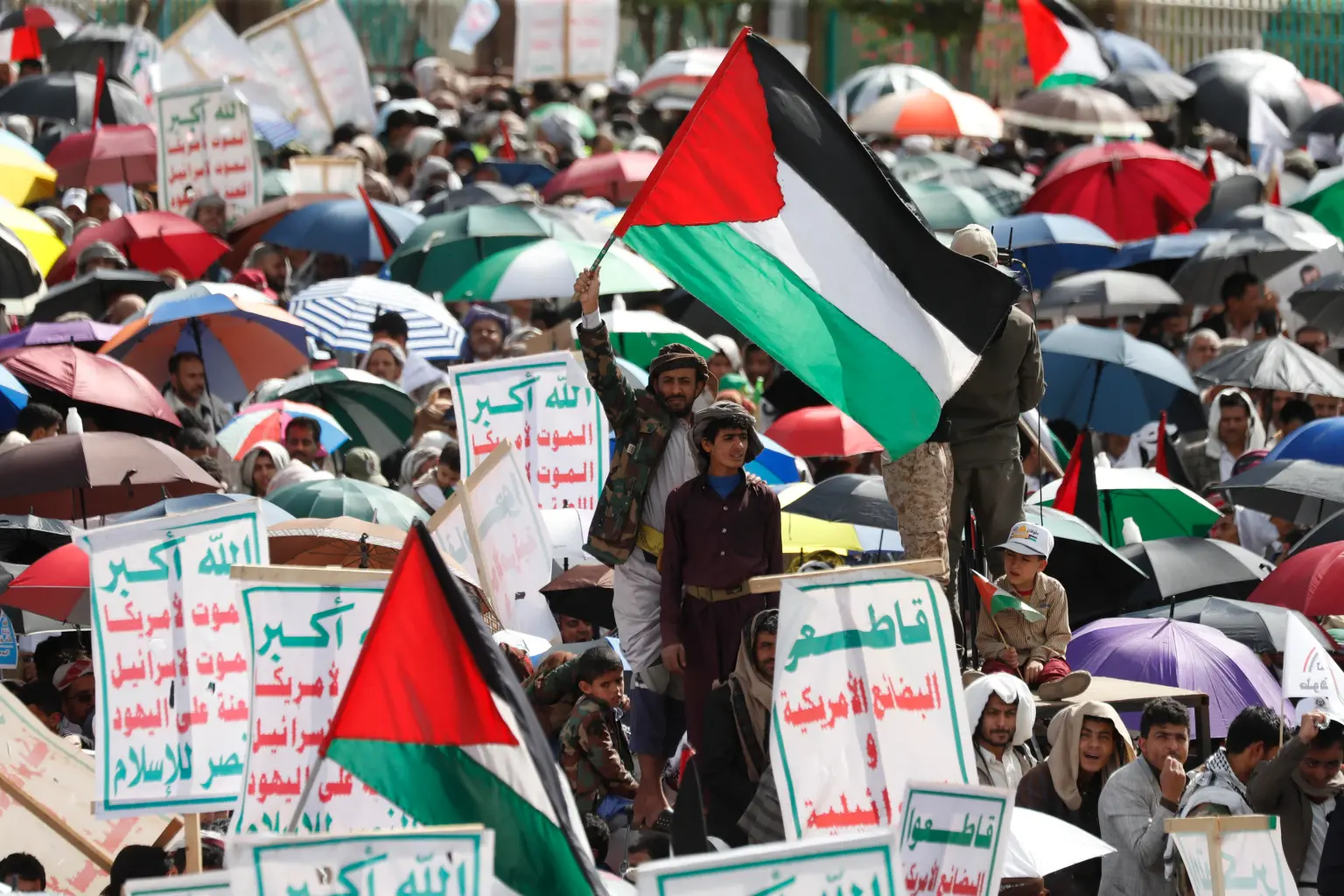
Palestine’s request to become the 194th State of the United Nations could follow the relatively rapid steps of other States that have joined the UN throughout the 21st century, but in its case it faces the probable veto of the United States in the Security Council.
The most recent State to take a seat at the UN as a full member was South Sudan, which in 2011 separated from Sudan after a friendly agreement. His incorporation into the UN was made by acclamation on July 14 of that year, just a week after his declaration of independence.
In 2006, Montenegro, another state that emerged from the dismemberment of the former Yugoslavia, separated after a popular referendum from the last remaining remnant of that federation and proclaimed its independence from Serbia. The referendum took place on June 3 and on the 28th of that same month the state was admitted to the UN.
And 2002 was a very special year because the UN welcomed two members: Switzerland did so in September, thus putting an end to an anomaly that made it welcome numerous international organizations but did not sit at the UN for the sake of a principle of neutrality inscribed in its DNA.
Much more traumatic was the chaos of Timor Leste, which was also admitted in September 2002. The new Asian country, a former Portuguese colony, lived 24 years of occupation and resistance against Indonesia and then almost three years of supervised administration of the UN, but its entry into the United Nations was unanimously approved by the Assembly.
In 2011, Palestine first presented its formal request to enter the United Nations, but the procedure ran aground in its first stage: it did not get the support of 9 of the 15 members of the Security Council (that is, the qualified majority), so that request did not reach the General Assembly, the second stage of the process.
Palestine had to settle for acquiring the status of “observer state,” an anomaly that only the Vatican has in the United Nations, which is not even considered a country with its own attributes.
Palestine obtained 138 votes in the General Assembly in favor of its new observer status, while 9 voted against (including Israel, the United States and Canada) and 41 abstained.
It is foreseeable that Palestine will not have it as easy as South Sudan, Montenegro or Switzerland had, and all observers assume that Washington will use the veto tool in the Security Council, which is the instance where the incorporation process begins and ends.
According to the UN letter, the request for a new State necessarily goes through the following stages: it is formulated before the Security Council, which appoints an ad hoc committee to study it formed by the fifteen members, and if the committee approves it, the Council then assesses whether it is “a peace-loving state” (article 60), in which case it sends the issue to the General Assembly.
In the Assembly, the votes of two-thirds of the Member States are needed to move forward, and if this happens, the final decision returns to the Security Council.
The United States, as a permanent member of the Security Council, has the right to veto the process at any time – in 2011 it threatened to do so, but did not need it – and few doubt that he will also use it on this occasion.
If this happens, the dream of Palestine will have fallen by the wayside.
But something has changed since 2011: now, every time a permanent member uses the right of veto, the question comes to the General Assembly, where that country must explain its position and submit to a non-binding vote.
At the current juncture, the United States will once again be evident in the face of a very large majority of states that are expected to support Palestinian membership.
International
Meta Says Russia Seeks to Ban WhatsApp for Defending Secure Communication

U.S. tech giant Meta, the parent company of WhatsApp, said that Russia is seeking to ban the messaging app because it “challenges government attempts to violate people’s right to secure communication.”
Russian authorities have encouraged citizens to switch to state-backed applications, and in August they already blocked WhatsApp’s calling feature.
On Friday, the communications regulator Roskomnadzor claimed that the platform was being used to “organize and carry out terrorist acts in the country, recruit perpetrators, and facilitate fraud and other crimes.”
“If the messaging service does not comply with Russian law, it will be completely blocked,” the regulator warned.
WhatsApp remains one of Russia’s most widely used messaging services, alongside Telegram.
Moscow is pressuring both platforms to grant authorities access to user data upon request for investigations into fraud and activities the government labels as “terrorist.”
Human rights advocates fear the demand could be used to target critics of the Kremlin, President Vladimir Putin, or the war in Ukraine.
International
Archbishop Wenski criticizes Trump’s deportation policies, calls for stronger push for reform
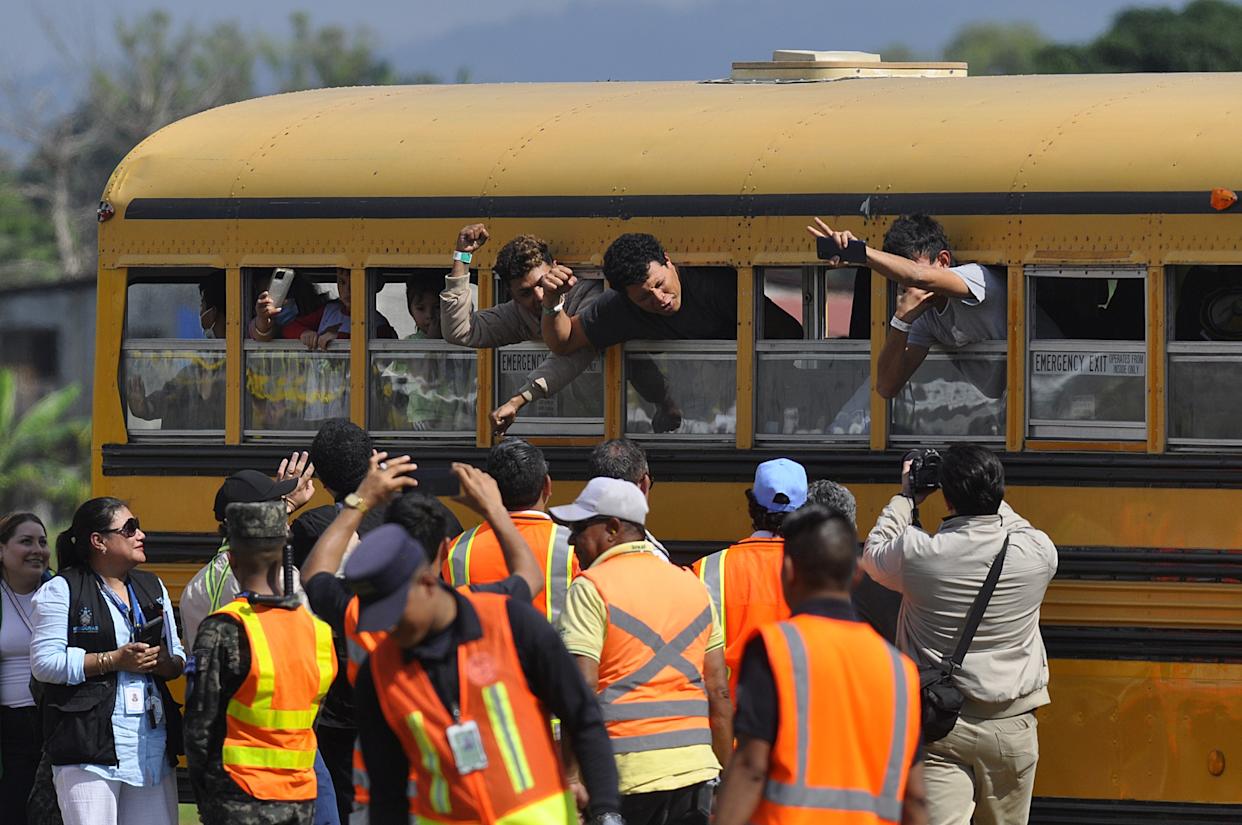
The Archbishop of Miami, Thomas Wenski, has called for increased pressure on the U.S. Congress to advance comprehensive immigration reform and criticized President Donald Trump’s mass deportation policies, arguing that they “do nothing to help.”
“We need to apply more pressure on Congress so lawmakers can make the necessary changes. It is also important for the Administration to listen to our voice. We do not want to be anyone’s enemy—we are Americans,” Wenski said in an interview with EFE.
The religious leader, who heads one of the dioceses with the largest Latino and Haitian populations in the United States, issued a call to defend the rights of migrants. He also emphasized that the U.S. Conference of Catholic Bishops (USCCB) has maintained a strong and public stance in favor of migrants for decades.
International
Trump relaunches diplomatic push to finalize U.S.-Backed peace plan for Ukraine War
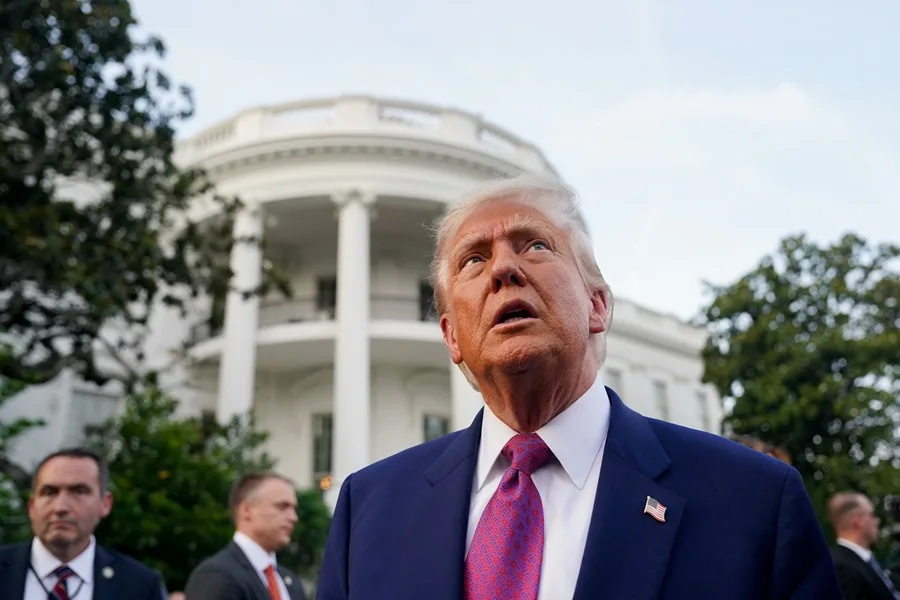
U.S. President Donald Trump announced on Tuesday that his diplomatic team will resume meetings with delegations from Russia and Ukraine in an effort to pressure both sides to accept the peace plan proposed by Washington to end the war in Ukraine.
As part of this new round of talks, U.S. Special Envoy Steve Witkoff will travel to Moscow to meet with Russian President Vladimir Putin. Meanwhile, Army Secretary Dan Driscoll will hold discussions with Ukrainian representatives to narrow differences on the remaining points of the agreement.
Trump also confirmed his intention to meet personally with Ukrainian President Volodymyr Zelensky and with Putin, though he emphasized that such meetings will only take place “when the agreement is fully finalized or in its final stage.”
The president claimed that his administration has made “tremendous progress” toward resolving the conflict and reiterated that the war “never would have started” if he had been in the White House at the onset of the crisis.
The U.S.-backed peace plan consists of 28 points and has been revised following feedback from both sides. According to Trump, only “a few points of disagreement” remain under active discussion.
One of the most controversial aspects of the proposal is the suggestion that Ukraine cede parts of the Donbas region to Russia and limit the size of its armed forces. Kyiv is working closely with Washington to soften these clauses in search of an arrangement that does not compromise its sovereignty or security.
With this diplomatic push, Trump aims to solidify his role as the main mediator in the conflict and steer the war toward a political resolution after years of devastation, humanitarian crisis, and rising global geopolitical tensions.
-

 Central America2 days ago
Central America2 days agoTrump Pardons Former Honduran President Hernández and Warns of Aid Cuts Ahead of Election
-

 Central America4 days ago
Central America4 days agoPanama reinforces security with new helicopters and Super Tucano Aircraft purchases
-

 Central America4 days ago
Central America4 days agoTrump urges hondurans to back conservative candidate Nasry Asfura in november elections
-
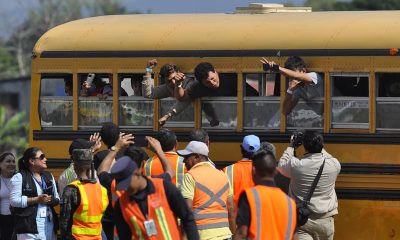
 International4 days ago
International4 days agoArchbishop Wenski criticizes Trump’s deportation policies, calls for stronger push for reform
-

 Central America4 days ago
Central America4 days agoWashington calls for oversight as Honduras faces allegations of electoral interference
-

 Central America21 hours ago
Central America21 hours agoHonduras’ China–Taiwan Future Hinges on Sunday’s Presidential Election
-

 International2 days ago
International2 days agoMeta Says Russia Seeks to Ban WhatsApp for Defending Secure Communication
-

 Central America1 hour ago
Central America1 hour agoHonduras Extends Voting by One Hour Amid High Turnout, CNE Announces





























